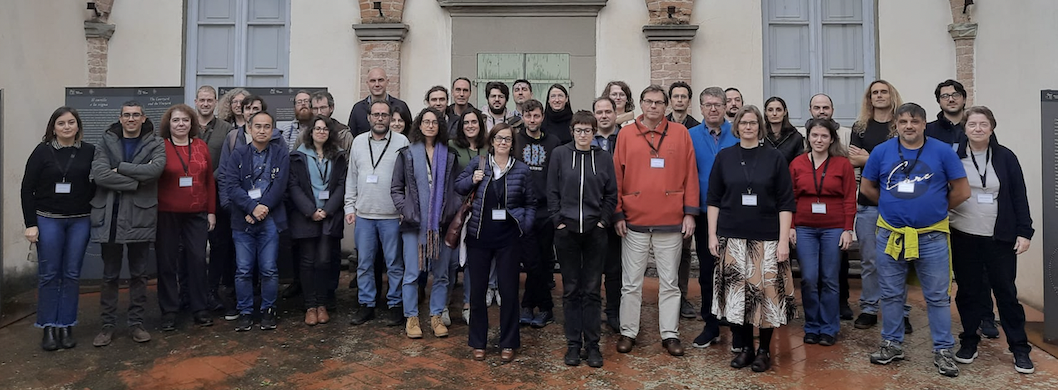Speaker
Description
In just five years, Gaia has revolutionised the census of star clusters in the Milky Way - including allowing for the detection of thousands of new clusters. However, many of these clusters are much smaller and more dispersed than canonical open clusters like the Pleiades, and it is not clear how many of these clusters are actually gravitationally bound. This presents critical challenges when trying to interpret the results of cluster detection algorithms.
In practice, measuring the boundness of a star cluster observationally is challenging, and dynamical studies of star clusters have so far been limited to analysing no more than a few dozen reliable objects at a time. In this talk, I will present the results of a study quantifying the boundness of around 7000 clusters in the recent catalogue of Hunt & Reffert 2023. I will overview the methods I used, including how masses and dispersions were measured for these objects. I will also discuss which physical theories (such as the virial theorem) were the most useful in measuring the boundness of star clusters, as well as discussing their caveats and areas that require more work in the future. Finally, I will present the overall results of this work, which show that at least 21% of the clusters in Hunt & Reffert 2023 are not gravitationally bound clusters, with most of these unbound clusters being within a few hundred parsecs of the Sun. The methods developed in this work should have wide applications to other studies of the boundness of star clusters in the Gaia era.

